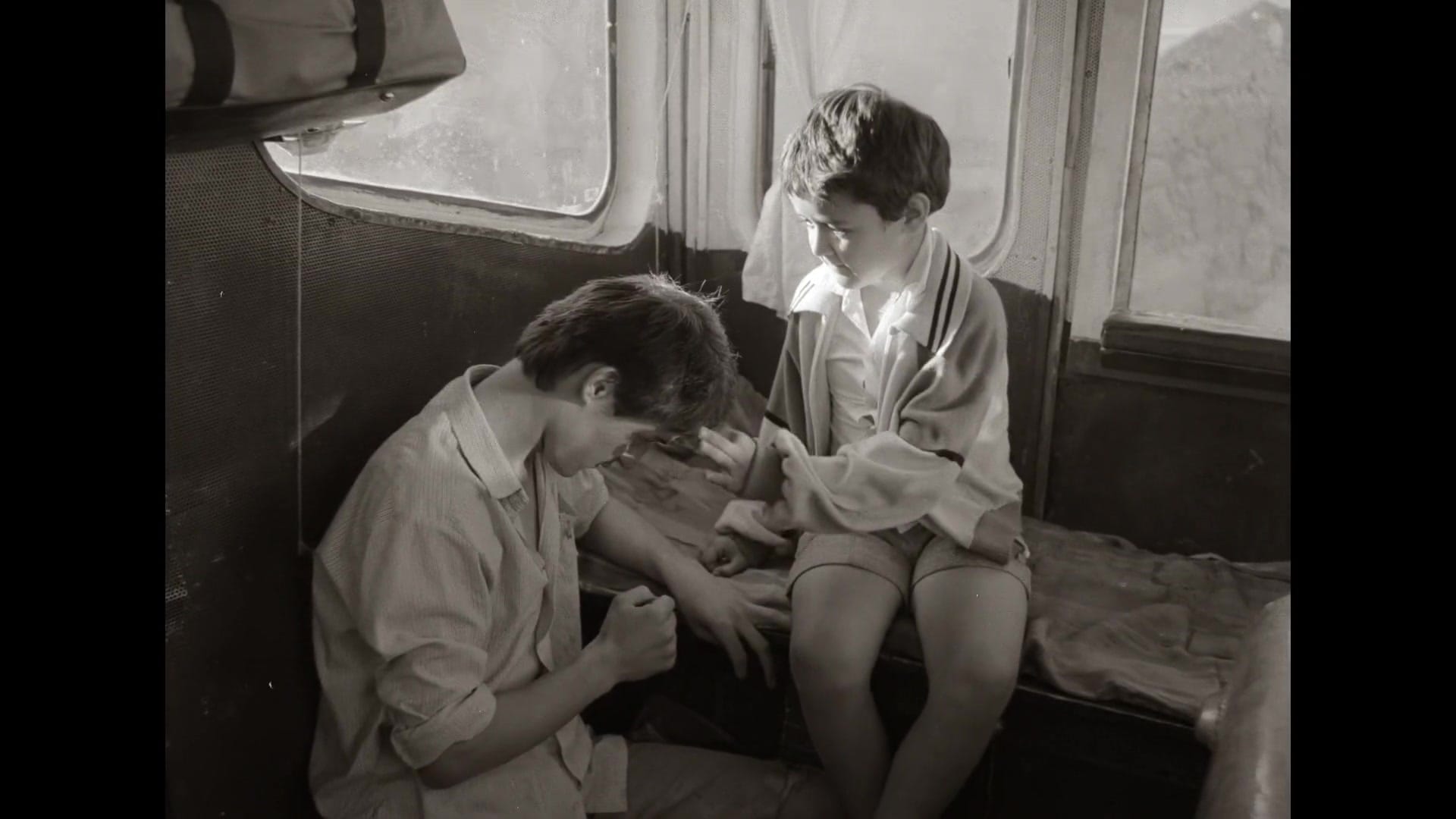The Little Brother (Bratan)
The Little Brother is a travel film with a defying political undercurrent

The cinema of Tajikistan has been perpetually minimised, and occasionally marginalised, throughout the central Asian country’s history. It’s a country of more than 10 million people – a number that surpasses the populations of all three former Soviet Baltic states combined though Tajik cinema output (and certainly, the recognition) flounders in comparison to even the cinema of Estonia, a country of just 1.3 million. A good chunk of the difference can be explained away in economics and politics: the Tajik government have not been as supportive of the arts as their democratic former Soviet peers and they maintain a gate of censorship that creates additional barriers. Even more of this disparity can be laid on the community of global cinephiles who have not given films like The Little rother their due. The 1989 debut feature from the then 26-year-old Bakhtyar Khudojnazarov comes on the precipice of the USSR’s collapse and an uncertain future for his small central Asian country. The new restoration by Veit Helmer-Filmproduktion is helping to correct this long-standing neglect.
Khudojnazarov is uncontroversially the most recognisable and distinguished filmmaker from Tajikistan. He, like nearly every one of his Soviet filmmaking peers, was reared in the All-Union State Institute of Cinematography (VGIK), now the Gerasimov Institute of Cinematography, in Moscow. His 1993 film about a woman returning home to Dushanbe after the fall of the union, Kosh ba kosh, became the only Tajiki film to ever win the Silver Lion at the Venice International Film Festival. And following in the footsteps of that film, The Little Brother is a travel film with a defying political undercurrent.
Continue reading at DMovies.